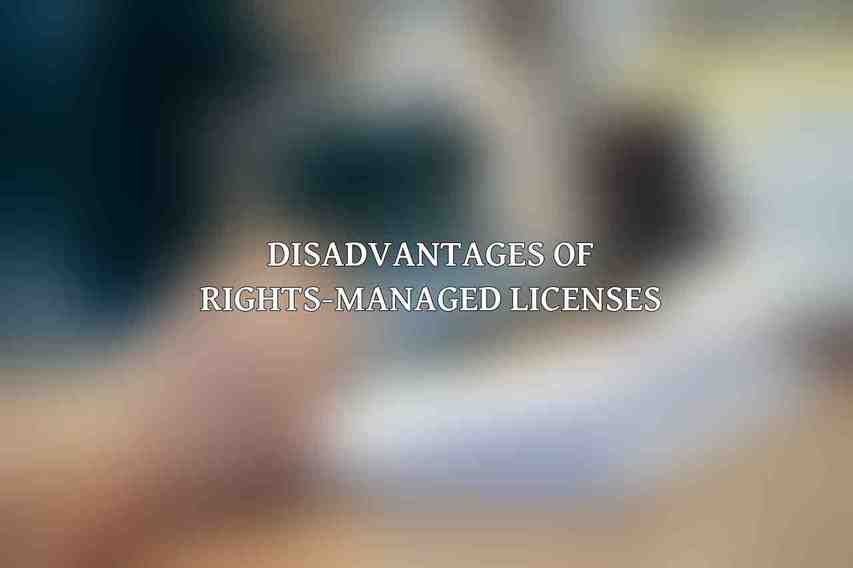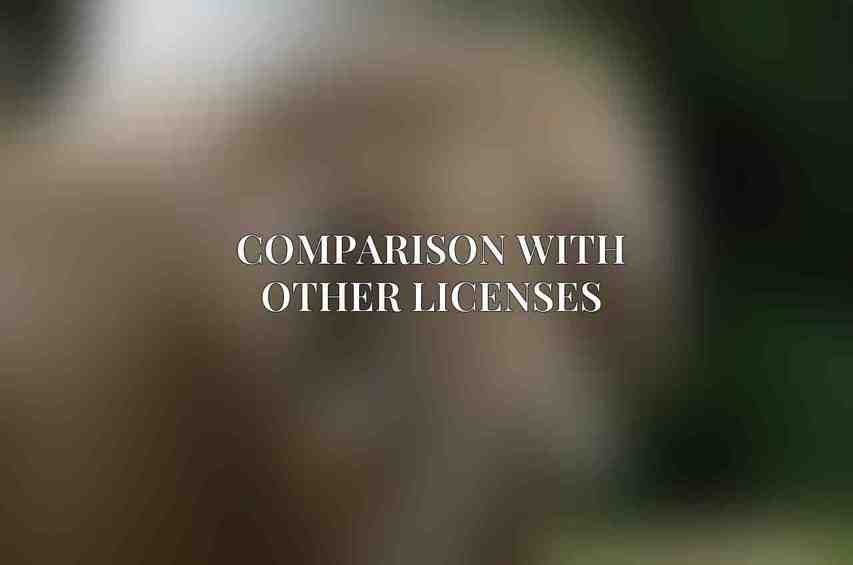Rights-managed licenses play a crucial role in the world of stock photography. These licenses determine how an image can be utilized and the associated restrictions. The significance of rights-managed licenses lies in the control they provide over image usage, ensuring that the content is used in compliance with the agreed terms and conditions.
Rights and Restrictions of Rights-Managed Licenses
When it comes to rights-managed licenses, there are specific parameters that dictate how the images can be used. These licenses have both usage constraints and royalty payment requirements. Permitted uses typically include applications like print advertisements and online marketing materials. On the flip side, prohibited uses may involve activities such as resale or redistribution of the image or alterations without permission. Royalty payments for rights-managed licenses vary based on calculation methods and factors like image size, circulation or distribution, and intended audience.
Advantages of Rights-Managed Licenses
The benefits of opting for rights-managed licenses are numerous. One of the key advantages is the control they offer over image usage. This enables businesses to regulate how their chosen images are utilized. Moreover, price flexibility allows for customization based on specific project needs. Exclusivity options provide the opportunity to restrict the use of an image to a single entity, enhancing brand identity. Lastly, peace of mind comes from knowing that the image rights are being managed under a structured framework.
Disadvantages of Rights-Managed Licenses

While rights-managed licenses offer control and exclusivity, there are also drawbacks to consider. High costs can be a significant deterrent, especially for projects with limited budgets. Additionally, restrictions on image modification can limit creative freedom, which may be a concern for some users. Difficulty in tracking usage can pose challenges in monitoring the reach and impact of licensed images.
Comparison with Other Licenses

Rights-Managed vs. Royalty-Free Licenses
Rights-managed licenses differ from royalty-free licenses in terms of usage rights, costs, and suitability for various projects. While rights-managed licenses offer more control over usage, they are typically more expensive and are often preferred for exclusive or high-profile projects.
Rights-Managed vs. Extended Licenses
Extended licenses provide additional usage rights beyond the standard rights-managed agreement. They offer flexibility in how the image can be utilized but come at an added cost, making them beneficial for commercial projects that require extensive usage rights. Read more on Comprehensive Guide to Types of Stock Photo Licenses
Considerations for Choosing Rights-Managed Licenses
When deciding on a licensing model for stock photos, several factors come into play. Project requirements, budget constraints, the need for image exclusivity, and effective risk management are crucial considerations when opting for rights-managed licenses.
Best Practices for Using Rights-Managed Licenses
To maximize the benefits of rights-managed licenses, following best practices is essential. Reading and understanding the license agreement in detail, obtaining written permission for any alterations, accurately tracking image usage, and adhering to all license terms are key practices to ensure compliance and efficient management of licensed images.
mastering rights-managed licenses for stock photos involves understanding the nuances of these agreements, weighing the advantages against the disadvantages, and making informed decisions based on project requirements. By choosing the right license type and following best practices, individuals and businesses can effectively navigate the world of stock photography while safeguarding their creative assets and ensuring legal compliance.
Frequently Asked Questions
1. What are rights-managed licenses for stock photos?
Rights-managed licenses for stock photos are agreements that allow the purchaser to use the image for a specific purpose and duration, with fees calculated based on factors such as usage, duration, and exclusivity.
2. How do rights-managed licenses differ from royalty-free licenses?
Rights-managed licenses offer more control and exclusivity over the use of the image, while royalty-free licenses allow for more flexibility and multiple uses of the image with a one-time fee.
3. What are some common restrictions with rights-managed licenses?
Common restrictions with rights-managed licenses include limitations on usage, such as geographic location, industry, print run size, and duration of use.
4. How can I find stock photos available for rights-managed licensing?
Many stock photo websites offer rights-managed licensing options, where you can search for images and select the appropriate license based on your needs and budget.
5. Do I need to renew rights-managed licenses for stock photos?
Yes, rights-managed licenses typically have a specific duration of use, after which you may need to renew the license or purchase a new one to continue using the image.

